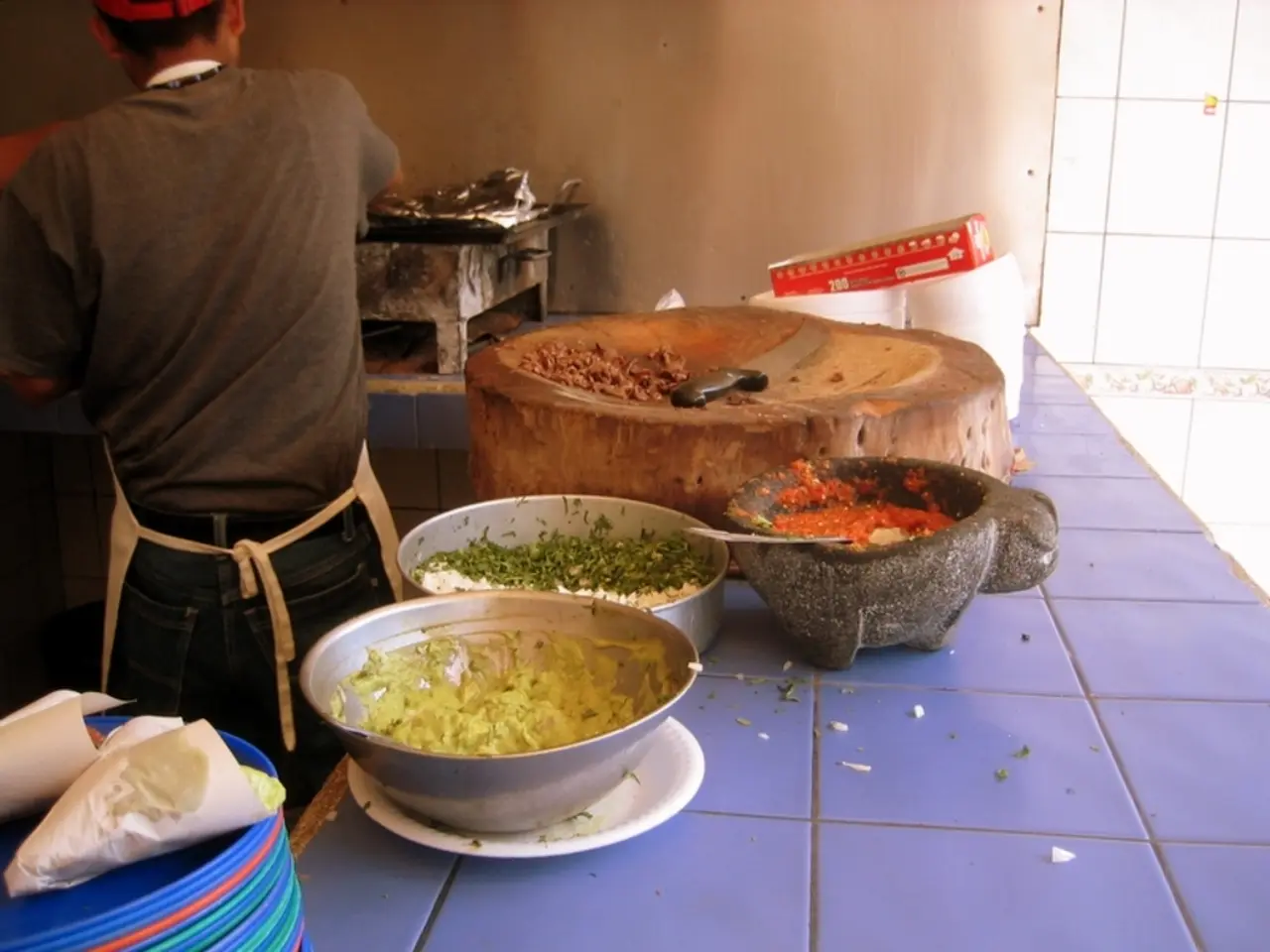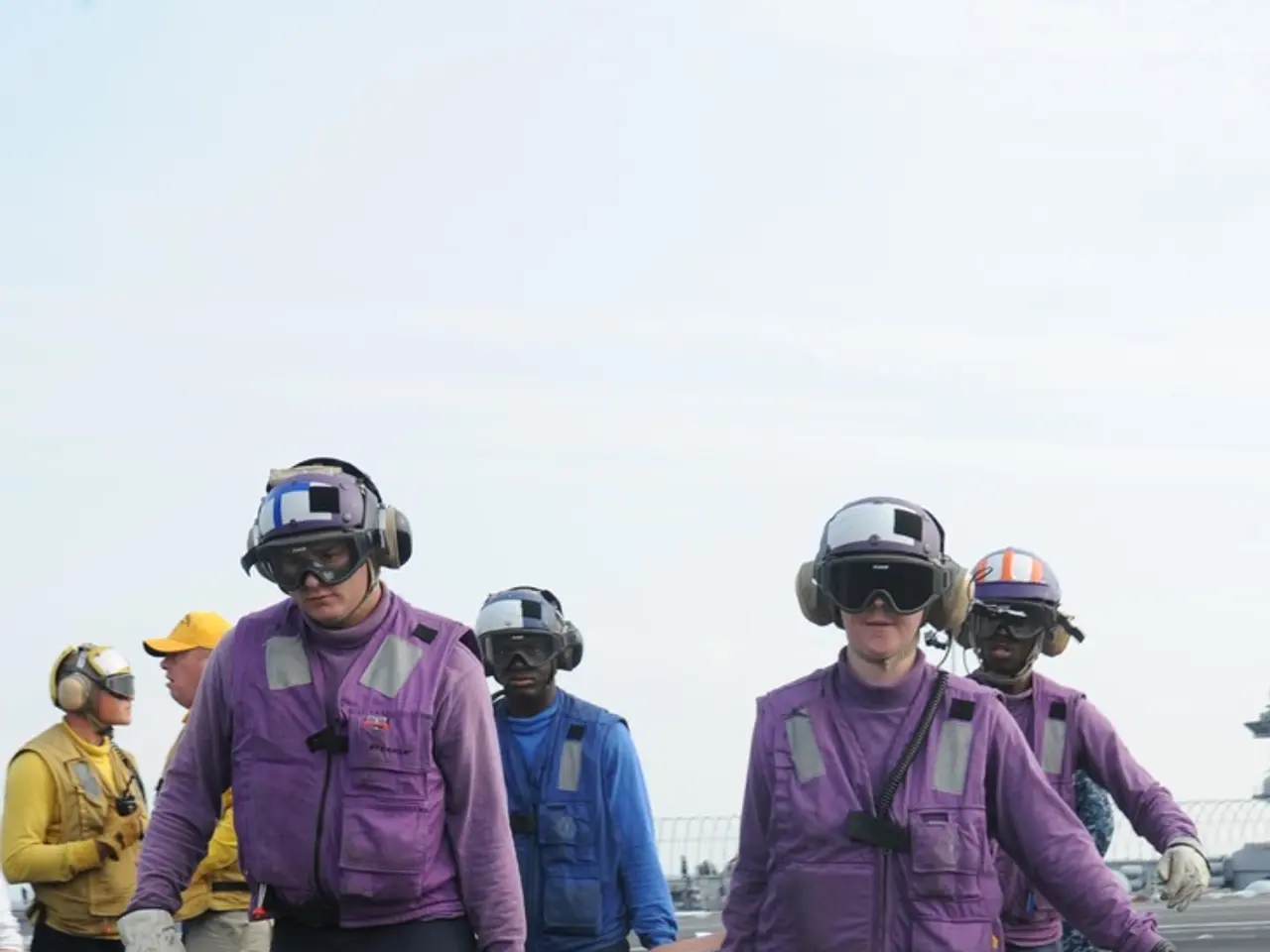Required Equipment for Online Events: Determining the Appropriate Stage, Audio, and Lighting Equipment for Social Media
In today's digital age, stage events are no longer limited to physical audiences. Social media platforms like Instagram, TikTok, YouTube, and LinkedIn have become important extensions of these events for digital audiences. To make events stand out digitally, content must be adapted for social platforms without compromising on quality or authenticity.
Visual and Technical Adaptation
The key to a successful digital experience lies in adapting traditional event elements to the unique demands of digital streaming and social media consumption. This involves planning lighting not only for the live audience but also for the camera to ensure clear, balanced visuals without overexposure or distracting shadows. Using LED panels, soft lights, and Fresnel spots can help achieve uniform illumination and emphasize key elements for better digital appeal. Sound should be crisp and clear, optimized for streaming quality to compensate for different listening environments.
Content Optimization for Social Media
Since social media users have shorter attention spans and many interactive distractions, content needs to be concise, engaging, and authentic. The digital presentation (media dramaturgy) should be as carefully scripted as the live event to create shareable and memorable experiences. This includes adapting event pacing and visuals to the formats and behaviors typical on platforms like Instagram, TikTok, YouTube, and LinkedIn.
Real-time Social Interaction
Integrating live social media feeds or tickers during virtual events can enhance engagement by displaying participant comments, reactions, and user-generated content in real time, making the event feel interactive and dynamic. Social media aggregator tools can help curate and display this content alongside live streams.
Scheduling and Content Management
After the event, using social media scheduler tools can help plan and recycle content for ongoing engagement. These tools assist in publishing optimized posts at the best times, managing multiple accounts if needed, and analyzing performance to refine future digital event strategies.
Technical Precautions
Regular testing and backups ensure quick reaction to technical faults. A stable internet connection with an upload speed of at least 10 Mbit/s is recommended for live streaming events. Professional miking with lavalier, headset, or gooseneck microphones ensures clean voice transmission.
In summary, to create a successful digital experience on social media platforms through event design, the key is to tailor content for shorter attention spans, optimize visual and audio quality specifically for cameras and screens, and integrate engaging interactive features. By doing so, events can be extended beyond time and place, creating an immersive, high-quality digital experience that resonates with online audiences.
[1] Article on Visual and Technical Adaptation [2] Article on Real-time Social Interaction [3] Article on Scheduling and Content Management
In planning digital events, technology plays a crucial role in adapting traditional elements to the demands of streaming and social media consumption. This includes optimizing lighting and sound quality, as well as using LED panels, soft lights, Fresnel spots, and social media aggregator tools for visual and technical adaptation.
The lifestyle of digital audiences requires content that is concise, engaging, and authentic. By adapting event pacing, visuals, and media dramaturgy to the formats and behaviors typical on platforms like Instagram, TikTok, YouTube, and LinkedIn, events can become shareable and memorable experiences for social media users with shorter attention spans.
[1] Adapting Traditional Event Elements in the Age of Digital Streaming [2] Optimizing Content for Social Media Users with Shorter Attention Spans [3] Enhancing Engagement with Real-time Social Interaction




